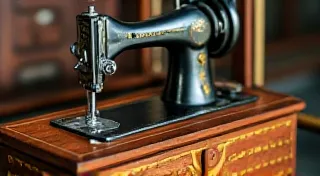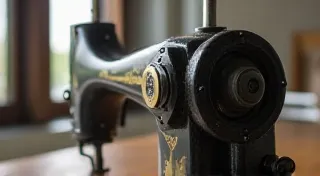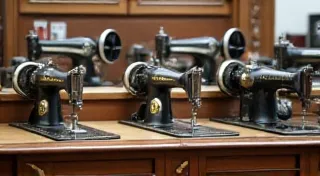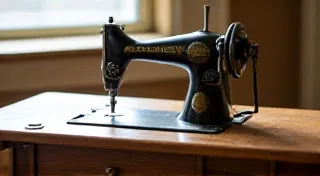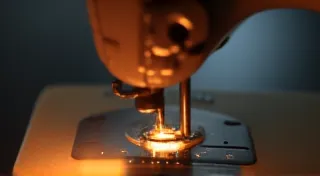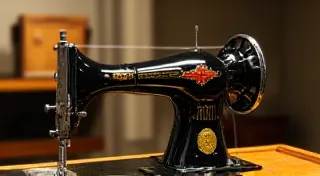Identifying Early Sewing Machine Needles and Accessories
The rhythmic clatter of a vintage sewing machine, a sound both mechanical and strangely comforting, transports you. It's a sound echoing through generations of craftsmanship, of garments lovingly made and families sustained. But beyond the machine itself, lies a fascinating world of tiny details – the needles, the bobbins, the presser feet – each a testament to the ingenuity and artistry of a bygone era. Understanding these seemingly minor components is not merely about accurate restoration; it’s about connecting with the very heart of sewing history, appreciating the legacy embedded in these unassuming tools.
My own fascination began with a Singer 201-2, a machine passed down from my grandmother. I wasn't interested in *sewing* so much as I was captivated by the mechanics, the precision of the gears, the delicate balance of the entire operation. Disassembling it, carefully cleaning each part, felt like uncovering a hidden treasure. It was during this process I realized the importance of the needles. They weren’t just simple points of metal; they were specialized tools designed for specific fabrics and machines.
The Evolution of the Sewing Machine Needle
Early sewing machines, particularly those from the 1850s and 1860s, used needles vastly different from the universal needles we find today. Elias Howe's initial designs featured a curved, single-pointed needle with a large eye positioned near the curve. These early needles were often hand-wrought, made by skilled blacksmiths who meticulously hammered and filed each one. The process was time-consuming and expensive, contributing to the relatively high cost of early sewing machines. They were typically made of carbon steel, a softer metal compared to modern alloys, making them more prone to breakage and requiring frequent replacement.
The shape and size of these early needles varied significantly between manufacturers. Singer needles, for example, often had a more pronounced curvature than those used on a Wilcox & Gibbs machine. Finding the correct needle for your antique machine is paramount; using an incorrect needle can damage the machine’s delicate workings and lead to uneven stitching. It’s not just about fitting it through the needle plate; it's about the subtle nuances of the curvature and point angle that interact with the machine’s mechanism.
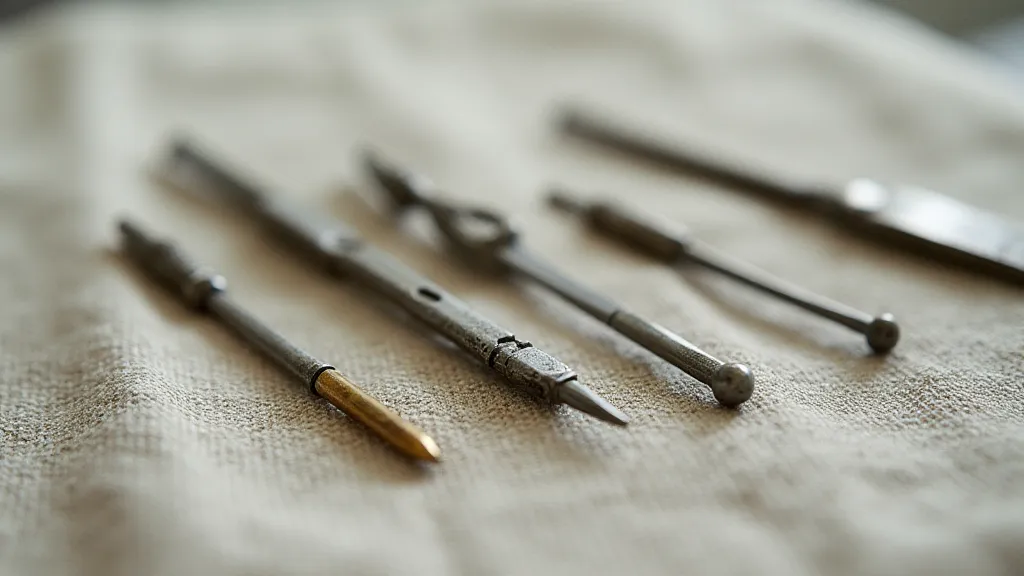
Bobbins: From Early Spools to Modern Cartridges
The bobbin, the unsung hero of the sewing process, has also undergone a remarkable evolution. Initially, early sewing machines didn’t utilize bobbins in the sense we understand today. Instead, thread was wound onto small spools, and the machine’s mechanism would draw the thread as needed. This system was cumbersome and prone to tangling, particularly with finer threads.
The invention of the enclosed bobbin system by Seth Green in the late 1850s revolutionized sewing. This system, which used a self-contained bobbin cartridge, provided much greater control over the thread, reduced tangling, and allowed for faster sewing speeds. However, the design of these early bobbins also differed considerably. Singer bobbins, for instance, are often smaller and have a unique internal thread-winding system, while Wilcox & Gibbs bobbins are typically a different shape and size.
The differences aren’t just aesthetic; they are functional. The internal design of a bobbin dictates how thread is wound and released, impacting stitch quality and thread tension. Incorrect bobbins can lead to uneven stitches, thread breakage, and even damage to the machine's bobbin case. Restorers often spend considerable time searching for original bobbins, as modern replacements are often incompatible.
Presser Feet and Other Accessories
Beyond needles and bobbins, a whole array of accessories defined the sewing experience of the era. Presser feet, initially quite basic, evolved to accommodate different fabrics and sewing techniques. Early machines often came with a single, standard presser foot, but as sewing evolved, specialized feet became available for tasks like gathering, buttonholing, and embroidery.
Consider the humble gauge. Early sewing machine manufacturers often provided small, circular gauges to help sewers determine the correct stitch length for different fabrics and thread weights. These gauges, often made of bone or metal, are now treasured by collectors as charming relics of a bygone era. Even simple items like seam rippers and thread oilers reflect the ingenuity and resourcefulness of early sewers.
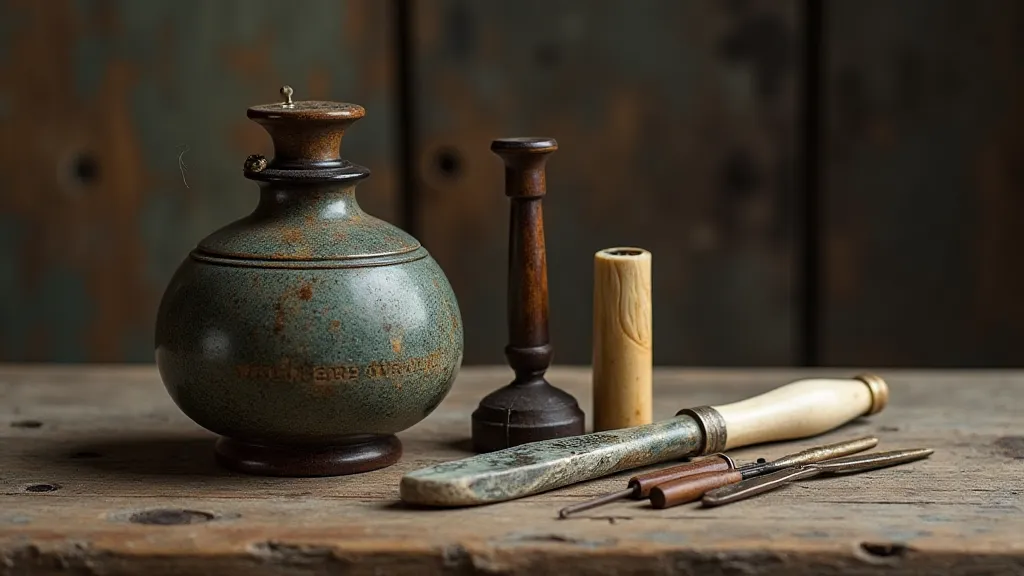
Collecting and Preservation: A Labor of Love
Collecting antique sewing machine needles and accessories isn't merely about acquiring objects; it's about preserving a piece of history. Many of these items are fragile, susceptible to corrosion and damage. Careful storage, away from moisture and direct sunlight, is essential. Original packaging, if found, adds significant value, both financially and historically.
When purchasing accessories, authenticity is key. Reproduction parts are becoming increasingly common, and it’s important to be able to distinguish them from originals. Look for signs of hand-wrought construction, inconsistencies in metal finish, and markings that indicate the manufacturer. Consult with experienced collectors or restoration experts if you're unsure.
The Emotional Resonance
There’s a profound satisfaction in holding a piece of sewing history in your hand, in appreciating the skill and dedication of the artisans who created it. These aren’t just inanimate objects; they are conduits to the past, connecting us to the generations of sewers who relied on these tools to create, to provide, and to express themselves. The simple act of identifying and understanding these tiny components – the needles, the bobbins, the presser feet – deepens our appreciation for the legacy of these remarkable machines. It's a labor of love, a journey into the heart of sewing history that rewards with a unique and deeply personal connection to the past.
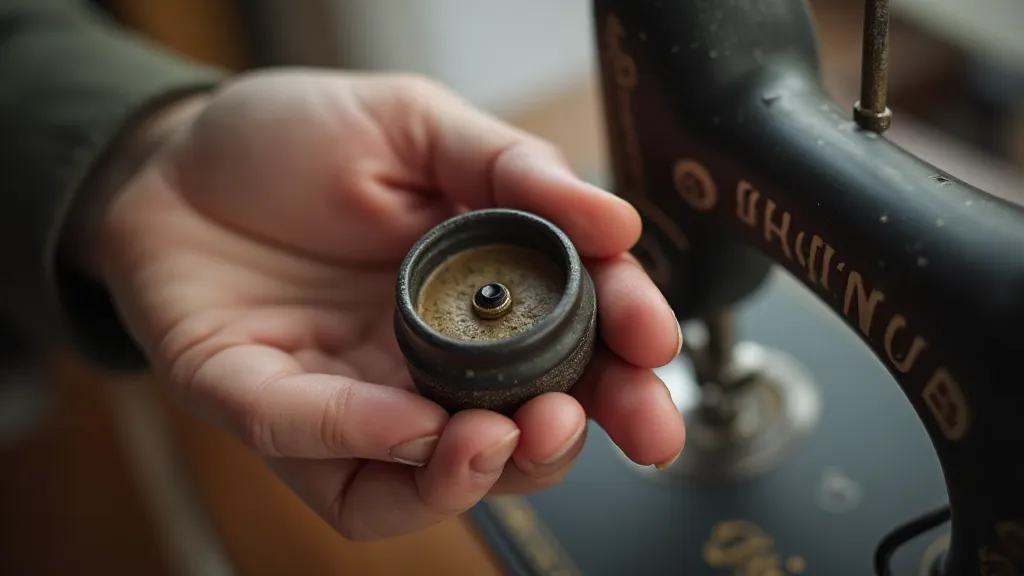
The next time you admire an antique sewing machine, take a moment to consider the tiny details that make it so remarkable. Recognize the history, the craftsmanship, and the human stories embedded within each needle, bobbin, and accessory. You’re not just looking at a machine; you're witnessing a legacy.
